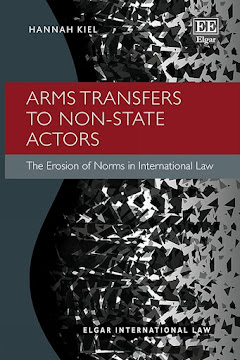Starting with the year 2015 Europe has come under unprecedented migratory pressure that put into question the very structure of the Common European Asylum System (CEAS). In fact, according to the so-called Dublin regime the country of first entrance is responsible for carrying out the asylum procedure leaving it open how the burden the granting of asylum involves should eventually be shared between the EU Member States (MS). Both the Geneva Convention on the Rights of Refugees of 1951 (GCR) as the CEAS are built upon the implicit assumption that refugee protection should be of a temporary nature but in reality protection has most often become permanent. In order to avoid excessive burdens for frontline states in Europe and for Europe as a whole the call for the introduction of burden-sharing mechanisms is becoming ever louder. In this context, quota systems have been presented as ideal problem solution instruments. The European Union has tried to establish such mechanisms but so far all these attempts proved to be insufficient and they met with considerable resistance by some EU MS. As a consequence, the insufficiencies of the GRC and the CEAS become evident and the international asylum system as a whole becomes imperilled. The growing resistance in Europe against the uncontrolled immigration both by asylum seekers and by economic migrants is strongly opposed by considerable parts of the population. Some countries like Austria consider therefore the unilateral introduction of a quota system for asylum seekers. Such a system would violate international and EU law but on the other hand the respective discussion has triggered a necessary debate about a reform of the international refugee system involving some form of a fairer burden-sharing.
Sunday, February 5, 2017
Hilpold: Quotas as an Instrument of Burden-Sharing in International Refugee Law
Peter Hilpold (Universität Innsbruck - Law) has posted Quotas as an Instrument of Burden-Sharing in International Refugee Law – The Many Facets of an Instrument Still in the Making. Here's the abstract:





